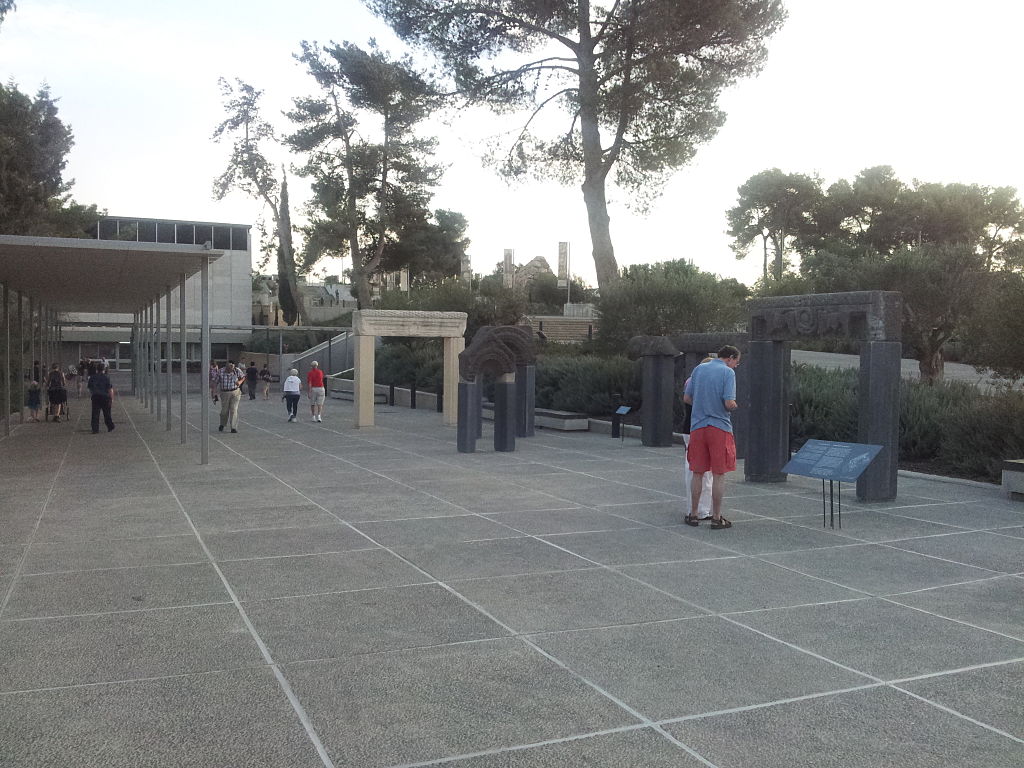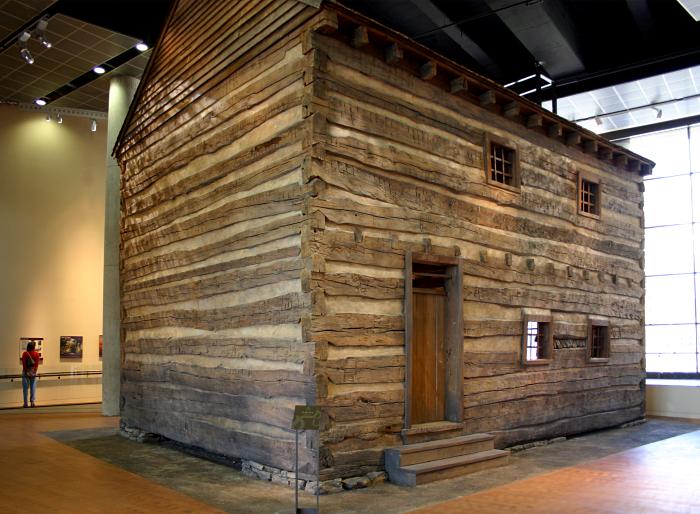
“Susanna and the Elders” by Artemisia Gentileschi shows an uncomfortable Susanna with the two men above her, harassing her while she is in her bath.
This theme of Susanna and the Elders was popular in paintings during the time of the Baroque period.
Susanna and the Elders is a story from the Book of Daniel in the Bible. Susanna was a fair Hebrew wife who was falsely accused by lecherous voyeurs. As she bathes in her garden, two lustful elders secretly spy on the lovely Susanna.
When she makes her way back to her house, they accost her, threatening to claim that she met a young man in the garden unless she agrees to have sex with them.
Susanna refuses to be blackmailed and is arrested and about to be put to death for promiscuity.
Then the young Daniel interrupts the proceedings, shouting that the elders should be questioned to prevent an innocent’s death.
After being separated, the two men are cross-examined about details of what they saw. Their individual testimony was different.
The difference in their two stories makes the elders’ lie plain to all the observers. The false accusers are put to death, and virtue triumphs.
Many famous painters have portrayed the narrative of “Susanna and the Elders.”
Gentileschi has portrayed Susanna as awkward and uncomfortable by adding a twist to Susanna’s body. Gentileschi, as a female artist, made Susanna more feminine than many of her male predecessors.
Gentileschi has used a classical style for Susanna’s body to create a heroic image. Gentileschi also attempted with her composition to explore the psychological dimension of this Biblical story.
In the biblical story, Daniel had harsh words for those who have neglected to investigate the accusation of the elders:
“Are you such fools, O Israelites, as to condemn a daughter of Israel without examination and without learning the facts? Return to court, for these men have given false evidence against her.’ – Susanna 48–49
Artemisia Gentileschi
‘Artemisia Gentileschi was an Italian Baroque painter in an era when the artistic community and patrons did not readily accept female painters.
She was the first woman to become a member of the Accademia in Florence. Artemisia specialized in painting pictures of women from myths, allegories, and the Bible.
Gentileschi, notoriety as a woman painter in the seventeenth century, her rape, and her courage in the prosecution of her rapist overshadowed her artistic achievements.
Fortunately, today, her art is recognized as one of the most progressive and expressive painters of her generation.
Susanna and the Elders
- Title: Susanna and the Elders
- Artist: Artemisia Gentileschi
- Year: 1610
- Material: oil on canvas
- Dimensions: Height: 170 cm (66.9″); Width: 119 cm (46.8″)
- Type: Christian Art
- Museum: Schloss Weissenstein
Artemisia Gentileschi
- Name: Artemisia Gentileschi
- Other Name: Artemisia Lomi
- Born: 1593 – Rome
- Died: 1656 – Naples
- Nationality: Italian
- Movement: Baroque, Mannerism
- Notable works:
- Judith Slaying Holofernes
- Self-Portrait as the Allegory of Painting
- Susanna and the Elders
Susanna and the Elders
Susannah and the Elders
A Tour of Famous Bible Paintings
- The Creation Of Adam – Michelangelo
- The Last Supper – Leonardo da Vinci
- Pietà by Michelangelo
- “The Holy Trinity” by El Greco
- “Christ in the House of His Parents” by John Everett Millais
- Saint Helena by Andrea Bolgi
- Saint Longinus by Bernini
- Saint Andrew by Francois Duquesnoy
- Saint Veronica by Francesco Mochi
- “Saint Michael and the Dragon” by the Sienese School
- Black St George Icon
- “The Repentant Saint Peter” by El Greco
- “The Tears of Saint Peter” by El Greco
- “Saint Jerome as Scholar” by El Greco (The MET)
- “Saint Jerome Penitent” by El Greco
- “Saint Francis in the Desert” by Giovanni Bellini
- “Saint Luke painting the Virgin” by Master of the Holy Blood
- “Christ Falling on the Way to Calvary” by Raphael
- “Crucifixion” by Giovanni Donato da Montorfano
- Crucifixion Diptych” by Rogier van der Weyden
- “The Virgin and Child with St. Anne” by Leonardo da Vinci
- The Crucifixion and The Last Judgment Diptych by Jan van Eyck (MET)
- Annunciation Triptych (Merode Altarpiece) by Robert Campin (MET)
- The Belles Heures of Jean of France, Duke of Berry
- Wilton Diptych
- “The Raising of Lazarus” by Sebastiano del Piombo
- “Salvator Mundi” by Albrecht Dürer
- “Salvator Mundi” by Andrea Previtali
- “Baptism of Christ” by Jacopo Bassano
- “Crucifix” by Master of Saint Francis
- “The Virgin and Child” by Master of the Clarisse
- “The Virgin and Child Enthroned, with Narrative Scenes” by Margarito d’Arezzo
- “Samson and Delilah” by Peter Paul Rubens
- “The Annunciation” by Duccio
- “The Healing of the Man Born Blind” by Duccio
- Christ by Emmanuel Lambardos
- Pilgrim’s Bottle of Saint Menas
- “Massacre of the Innocents” by Peter Paul Rubens
- “Christ and the Woman of Samaria” by Rembrandt
- “The Last Supper” by Ugolino di Nerio
- “The Madonna of the Pinks” by Raphael
- “Mary Magdalene” by Girolamo Savoldo
- “Supper at Emmaus” by Caravaggio
- “Virgin of the Rocks” by Leonardo da Vinci
- “Saint George and the Dragon” by Tintoretto
- Madonna in the Meadow by Raphael
- The Alba Madonna by Raphael
- Small Cowper Madonna by Raphael
- “Adoration of the Magi” by Botticelli
- “Judith Slaying Holofernes” by Artemisia Gentileschi
- “Christ in the House of Martha and Mary” by Diego Velázquez
- “The Finding of the Savior in the Temple” by William Holman Hunt
- Maestà by Duccio
Susanna and the Elders
~~~
“I am completely trapped.
For if I do this, it will mean death for me;
if I do not, I cannot escape your hands.
I choose not to do it;
I will fall into your hands, rather than sin in the sight of the Lord.”
– Susanna 22–23
~~~
Photo Credit: Artemisia Gentileschi [Public domain];
Popular this Week








 Sponsor your Favorite Page
Sponsor your Favorite Page SEARCH Search for: Search Follow UsJoin – The JOM Membership Program
Sponsor a Masterpiece with YOUR NAME CHOICE for $5
Share this:
- Tweet
